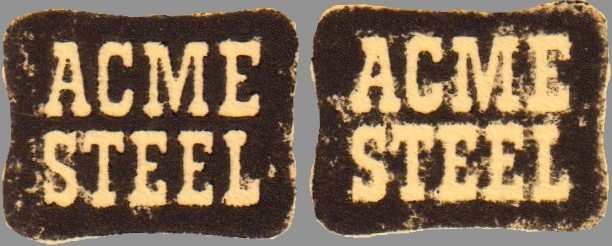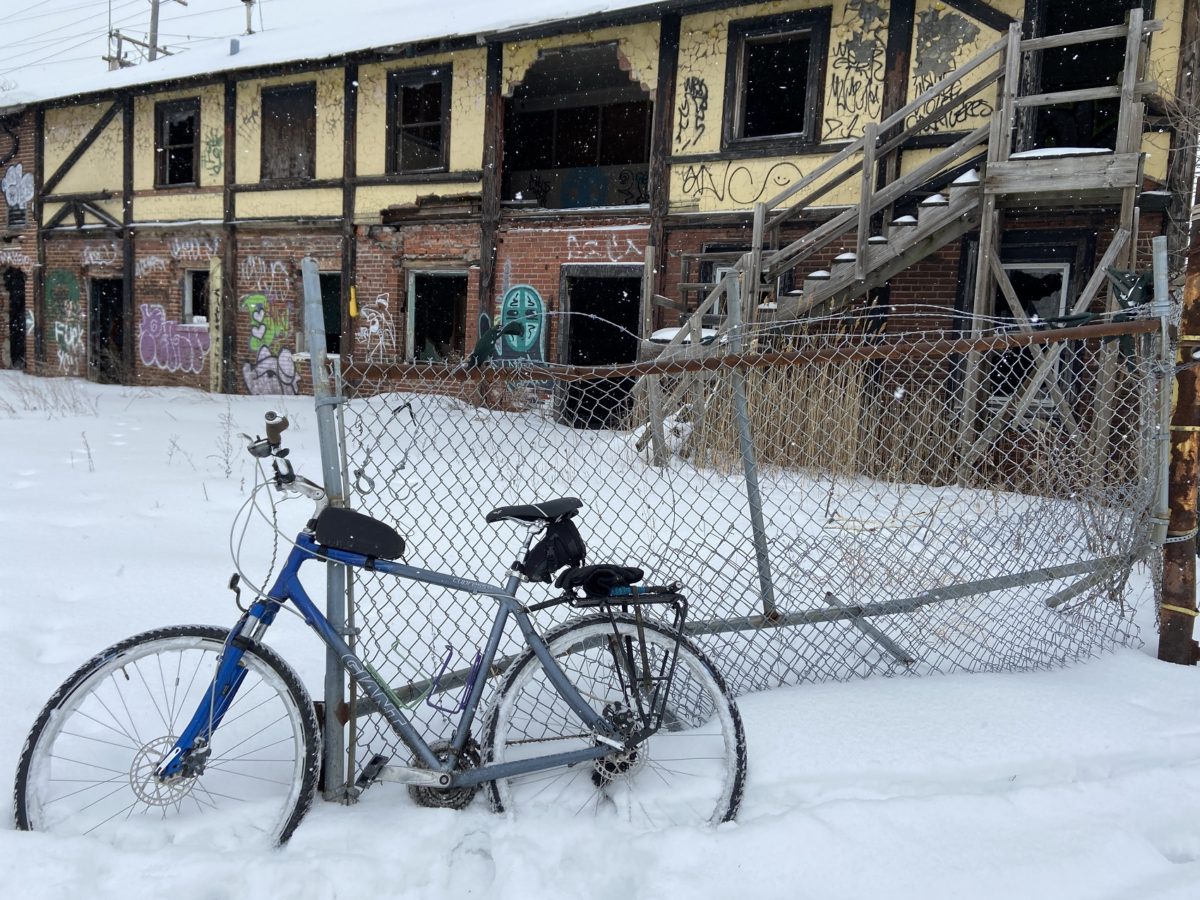I don’t mean this in a negative way, but things are really becoming like a solid job for me. This is eight consecutive weeks and my 15th total. For a couple weeks, things get increasingly cold, Saturday by Saturday. So I knew I’d not stay long. I had to work down in Chicago Heights so it only made sense to take Torrence north and take my normal ride from Hegewisch. This was the first week I actually considered parking somewhere closer and walking in. To hell with that idea! I actually entered at the gate house for the first time in months and locked up right there, so I could have a glance from the window if I felt the need. The snow was deep and heavy, and actively coming down. Footprints disappear fast in those conditions but I’m confident I was alone. And if I was wrong, I welcome all explorers no matter their intentions.
For weeks now I feel perpetually disappointed. I feel like I’ve already found the best artifacts anyone will find and now I am just trapped in some obsessive, fruitless cycle. Then I might find some things and get excited but I feel like maybe there is something better around the corner, but I never find it. Then I get home and start making piles, and weeding out the junk and slowly it starts to sink in. That I have indeed found some amazing stuff. And that is all it takes to assure that I’ll be back in 6 more days. Here is the weekend’s take:
- Reports
- Wilputte Coal Investigation. Four page report from 1994, trying to solve a mysterious coal expansion issue.
- Orbital Engineering Battery #1 south pinion wall inspection, 1998. Includes one ‘Mad Magazine’ drawing
- Fosbel report, 2001. Heating issues in battery #2. Little did anyone know it didn’t matter, would only be a few months until it was shut down forever. One of the latest pieces of paperwork I have found. I also found some spreadsheets outlining payables to Fosbel in 1997. I have long been aware of what Fosbel does but never really came across any solid documents.
- “Operation of the Bureau of Mines Experimental Blast Furnace with Fuel-Oil Injection” (1961). This is from a regional AISI meeting, nice stapled report. Simply, it outlines operating a furnace with less coke, but injecting natural gas instead of just air. This will be on the ‘Resources’ page.
- “Atmospheric Corrosion Protective Coatings for the Coke Oven Gas LBA & FC Scrubbers at the Chicago Coke Plant” (1978). This is the kind of thing I LOVE to find. An internal report, nicely bound with plastic spiral. It was a bit bent which I seem to have been able to fix and the spiral had popped out a bit which I also fixed (using a needle nose pliers). So glad to have this in my permanent archive.
- “Best Management Practices”, storm water pollution prevention plan (1997). Besides a bulk of good information on coke plant and blast furnace operations, it contains seven figures
- Figure 1: Coke Plant Topographic Map. This is missing. Seems odd since the binding is intact and the entire book is in great shape. As it is topographic, I wonder if they meant tactile or visual. Perhaps it couldn’t be folded into the binding and was provided seperately?
- Figure 2: Furnace Plant Topographic Map. Also missing, see above.
- Figure 3: Coke Plant Drainage Diagram. Oversize, mint condition. Integrated pocket folder. This will go to the scanner this week. Amazing map of the facility with every structure labeled, perhaps the best I have found.
- Figure 4: Furnace Plant Drainage Diagram. ‘Mad Magazine’ trifold, not oversize and no where near similar quality to Figure 3
- Figure 5: Coke Plant General Plant Layout. Oversize, mint condition. Integrated pocket folder. This will go to the scanner this week. The only difference between this and Figure 3 is that here there is a more detailed legend to label tanks (buildings seem to be labeled in both)
- Figure 6: Furnace Plant General Plant Layout. Same as Figure 5, but for the Furnace plant and again not oversize. Strangely, this was not inside the binding but tucked into the very back of the book. It was not torn out, because the square perforations for the binding are intact. Perhaps it was not ready at the time of printing so it did not make it into the binding?
- Figure 7: Material Flow Diagram. Not oversize, ‘Mad Mag’ style trifold and like Figure 6 tucked into the back. I can’t figure what use this diagram is to this manual’s topic but it is of extreme interest to me and having it removed will only make it easier to scan. I might get crazy enough to try to open the binding and put these back in where they belong.
- “Deposits in Coke Oven Gas Main” (1975). Four page memo plus a bonus graph
- Blueprints/drawings
- Oversize. Now that I have a good way to get these scanned I am exciting knowing I can have the finished product very quickly. I might wait until next weekend to see if I get more, but probably won’t bother to wait.
- “Final Gas Cooler Grids” (1950). This is now the oldest print I have found, another from Wilputte.
- “Flow Diagram, Wash Oil System, Light Oil Recovery Plant” (1958). By Wilputte
- “Light Oil Plant Scrubbers, Details of Grids for 14′ Scrubbers”. I still feel like this can’t be right, but this damn well seems to read 1925 in two places. I don’t see any credit on it but I am afraid to unfold it (though it is in good condition).
- 12×18. I have a number of these in ‘Mad Magazine’ form which are part of other reports and I’m thinking I need to add them separately to the ‘Drawings’ section of the Document Archive as well. Thought technically those are smaller, legal size I believe. It may be redundant but the name of the game is making the documents easily available. I can scan these as three pieces then reassemble them afterwards (as I have been doing for weeks with the legal size drawings, but I can get those in two passes)
- “Circulating Liquor Decanter Piping” (1981)
- “Circulating Liquor Decanter Foundation” (1981)
- “Benzol Plant, Light Oil Equipment, Modification to L.O. Drain System” (1981)
- “Benzol Plant, Light Oil Equipment, Modification to L.O. Drain System #2” (1981)
- “Modification to Lime Settling Basins Piping” (1981)
- “Modification to Lime Settling Basins Dump Plan” (1981)
- I have six drawings related to the turbo gas exhauster, all from 1976
- Oversize. Now that I have a good way to get these scanned I am exciting knowing I can have the finished product very quickly. I might wait until next weekend to see if I get more, but probably won’t bother to wait.
- Folders (These are mixed documents, in a marked folder. There is some common thread among them but it is often tenous)
- “Flushing Liquor”. Number of memos and expenditure authorizations from 1978 to replace the pumps for flushing liquor.
- “By-Products Equipment”. This is a real treasure trove of BP related documents from the 1950s.
- 1952 memo regarding gas exhauster fan repairs
- 1956 memo (and teletype!) regarding napthalene siphon
- 1956 report from Wilputte on entire BP plant
- August 1957 memo from Wilputte on gas coolers
- October 1957 memo from Wilputte on same
- A vague communication that is still worthy of note. It begins with a hand written note, addressed to “Mr. Geo. Wendt, Cleveland Office”. I know from just last weekend this is probably Interlake HQ. The memo is from “HRN” who is identified as ‘H R Nicklaus’ on the attached Teletype copy, who I think was plant superintendent at the time. Sent on August 20 1957. Amazing piece of history.
- 1952 memo to Pickands Mather & Co (Cleveland OH) on all elevators/hoisting equipment at the coke plant and furnace plant, with attached list. Would you believe this company still exists, and has since 1883?
- Project/Capital Expenditure Authorizations. I have had some of these before, I have begun to realize that often they hold a ton of history in them through the ‘project description’ paragraph. Definitely some gems in here. Each contains bids from a few vendors so I may not scan all of that (some are quite hefty).
- Petrographic Weekly Reports. A bit scary that I can instantly identify Dr. Lin’s handwriting at this point, but perhaps not as it is quite unique. I have four in total, all from 1998. Each is multiple pages with some quality data on incoming coal, followed by a more thorough analysis from Dr. Lin
- Probably the greatest document from this weekend but also in fairly bad condition. It is salvageable however. Labeled only ‘Compliance Program 1986’ on the cover of the elegant, brown folder. This led me to believe it would be yet another paper on EPA regulations. But the title page identifies it as ‘Coke Oven Work Rules’, originally written on Halloween 1977, and this being the 12th itineration from Feb 1 1986. I am fond of this style of binding which uses integral brads, which make removal for scanning easy, or for the purposes of removing humidity as is done in this case. I did accidentally tear the title page from some overzealous cleaning (wiping with a dry paper towel). I actually used my serrated bread knife to ‘saw’ a piece of dirty ice off the back cover. Despite all of this, it is drying nicely on my living room floor and will be added to the permanent archive (with a Scotch tape repair on the title page). The label on the cover has flaked away so I removed it; an stray document had also become glued to the cover during its long slumber before it was recovered today. Most of that has chipped off but some remains, and it might just have to stay that way.
I also found some other nifty mementos which I took home. One is more sentimental, while the other is ground breaking in its historic significance.

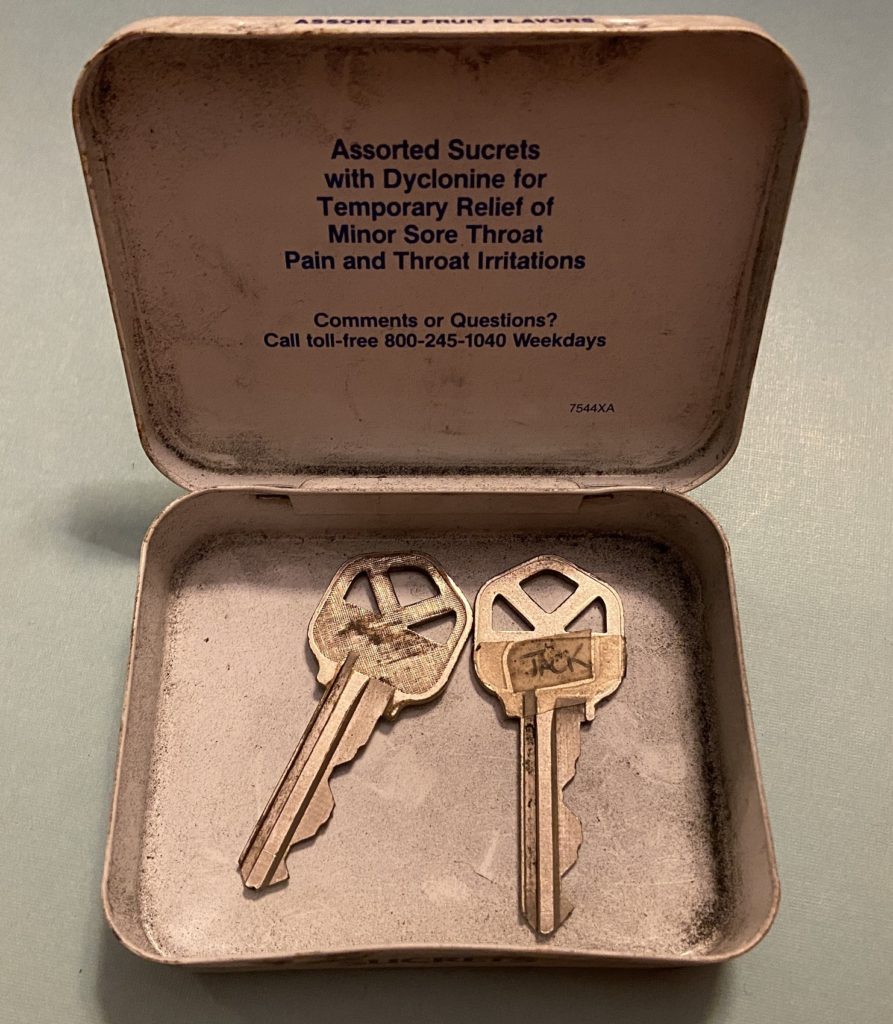
An old cough drops tin, with two keys inside. “So what?” you say. I can tell you there is only one ‘Jack’ at Acme’s coke plant and that is Jack Garzella, the division manager. But of course, I found this tin in Dick O’ Hearn’s office. Which is adjacent to Jacks’s – fitting, as Dick’s position is adjacent to Jack’s (assistant division manager). So perhaps I am reading into this a bit much, but I feel the historic energy here is huge. Dick was holding onto a key to Jack’s office perhaps? Or something else which needed to remain secured, and Dick was the backup in case someone needed to get in there swiftly. Sucrets stopped using metallic containers in 1994 and didn’t bring them back until 2011. Meaning this is 26 years old if it is a day.
I have found a number of videotapes in the plant. More painfully, I found a folder chock full of correspondence on a training video that I’d pay [AMOUNT REDACTED] for if you had a copy. I found a detailed training manual that references photos I do not have. Being an Acme historian is not without it’s frustrations. But sometimes, you are well rewarded for coming out on a very cold Saturday to search a room you have searched week after week.
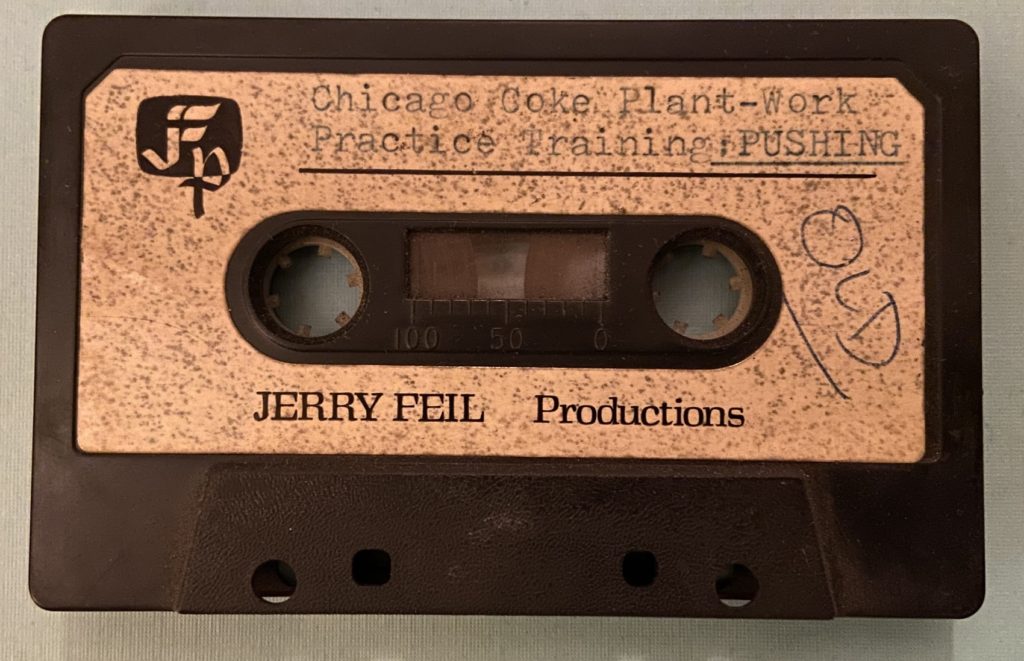
Mint condition, and with no protection of any kind for now 20 years or more. I knew it would play – I have tapes quite a bit older than this one. And play it did….and how it plays……
Alas, this will have to be outlined in a separate post as it is just too important to mention only in passing.
As for everything else, here are some tastes of what will appear in the Document Archive throughout this week.

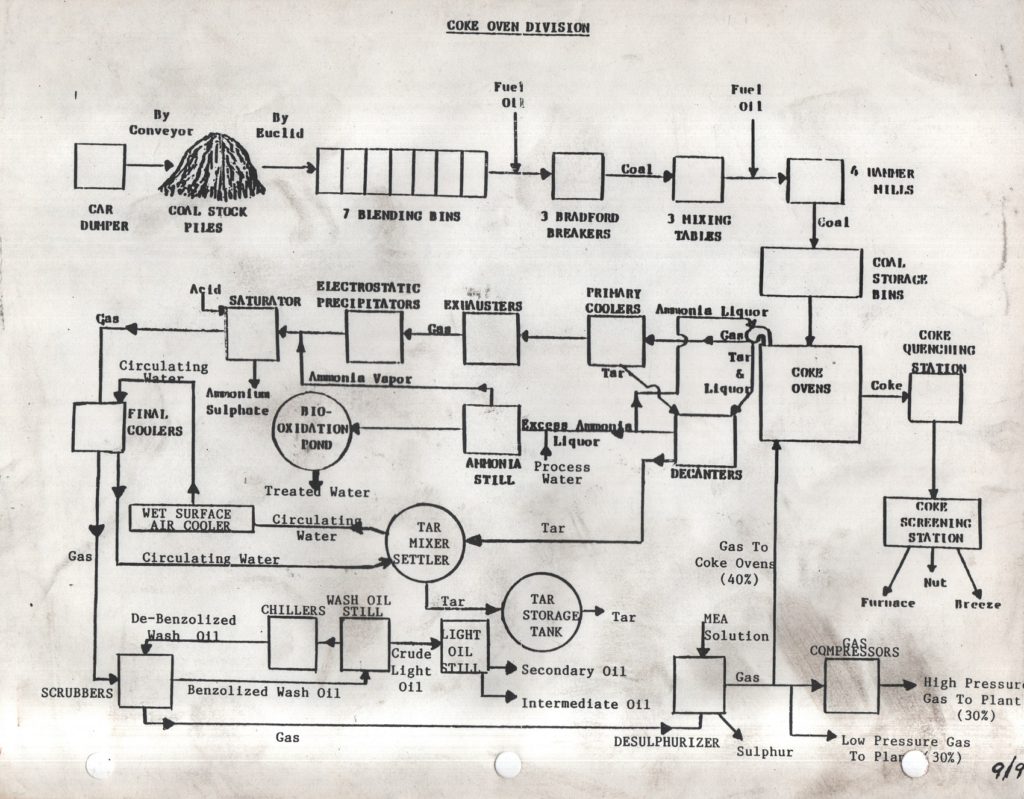






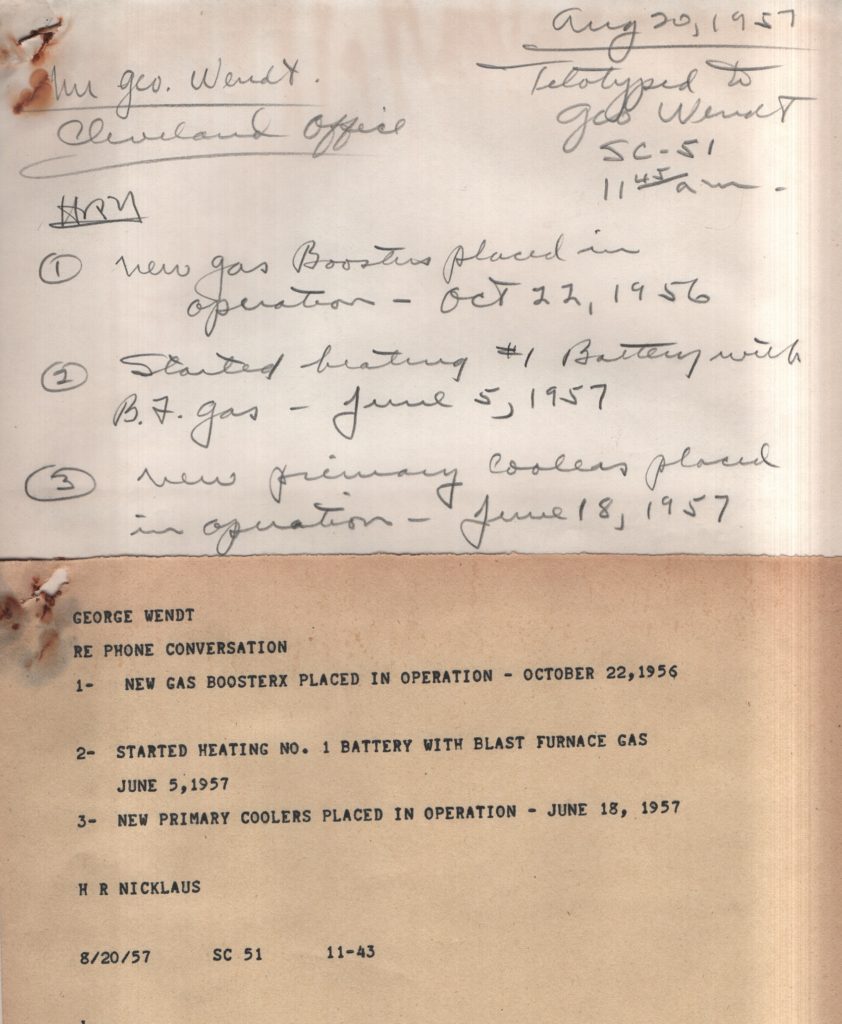

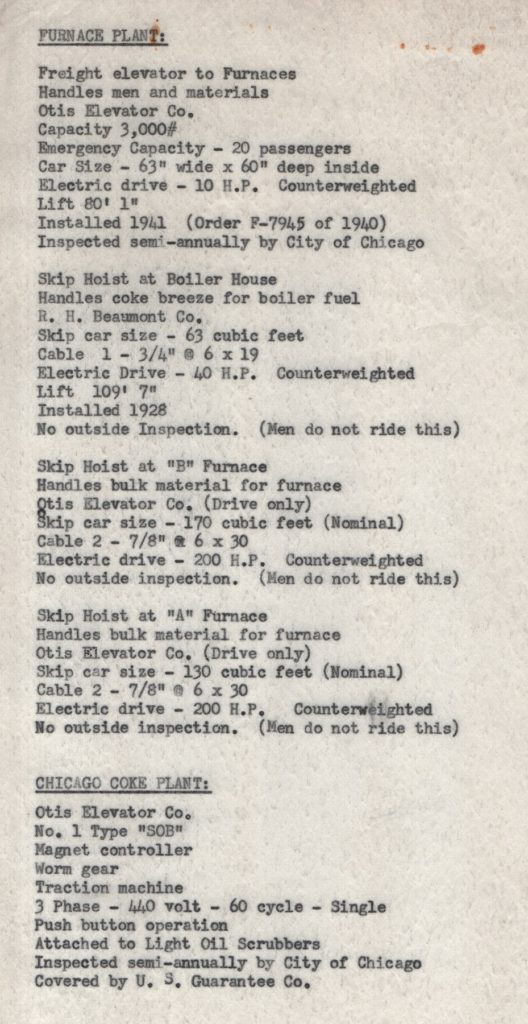
And then we get to the crazy drama I found, chronicled in about 10 pages of longhand notes. It seems a gentleman named ‘Dave’ was the administrative assistant to the division manager and asst. division manager. He was in the process of training ‘Margeret’ who I believe was intended to become a second administrative assistant. Seems simple enough, right? Well I guess Ms. Margeret wasn’t the hardest worker. We all know the type. Dave decided that her lack of work ethic was best carefully documented, then handed to his boss (asst. division manager, who’s office I found these in). They are terribly petty and often hilarious. I don’t want to turn this site into a gossip page but I couldn’t help but share a couple excerpts. I wonder if the archeologists in Egypt have found hieroglyphics showing childish arguments between the pharaoh’s slaves? Other historians must have come across this somewhere.


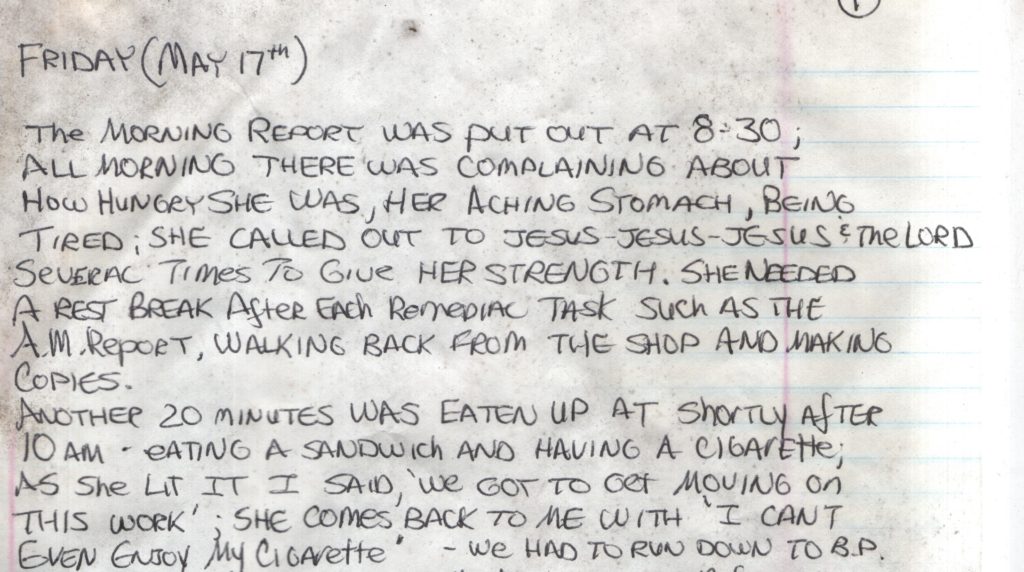

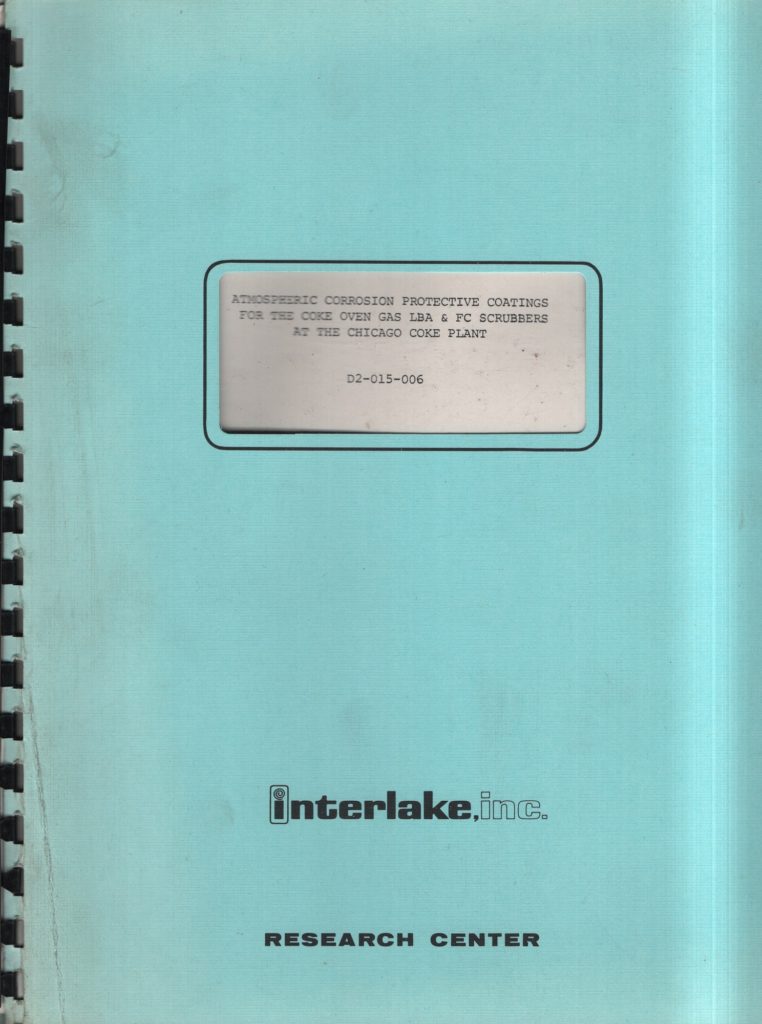
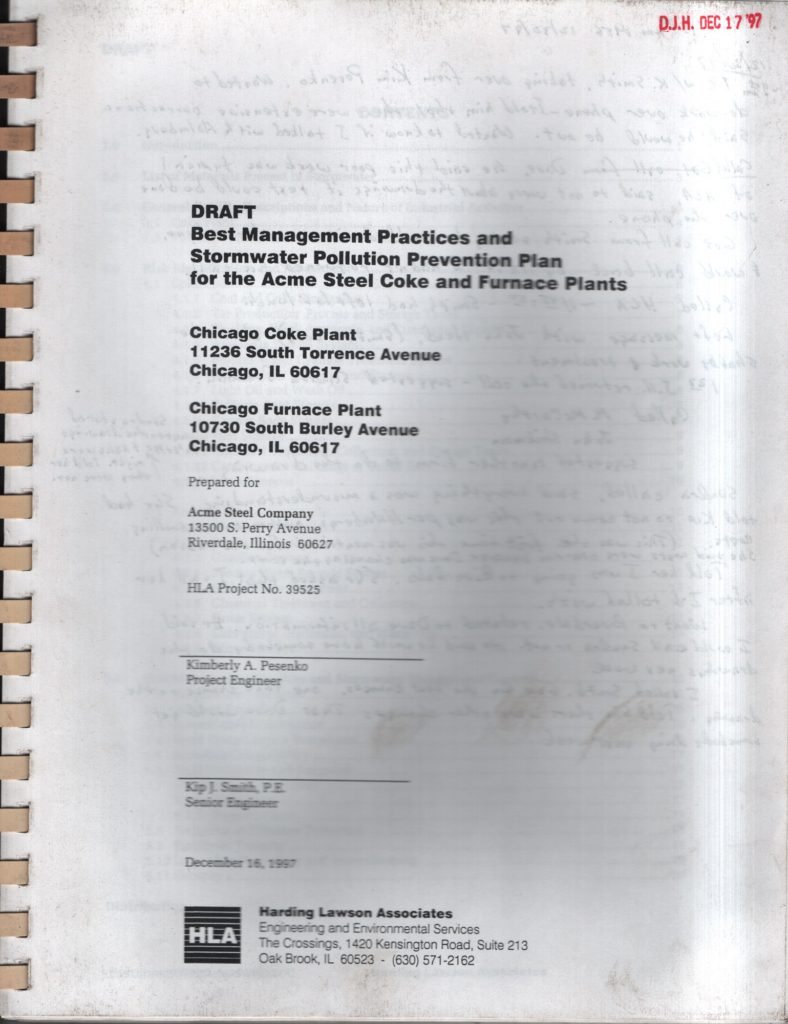
Scanning this won’t be fun dur to the binding and it is quite long to boot. Still deciding what to do. But at least it has the mint condition drawings (maps, essentially) which I will have scanned by week’s end. I haven’t even unfolded them entirely yet, more fun to wait until they are done. I may have found some explanation why the topographic maps are missing (and others did not make it into the binding). There are some extensive notes inside the front cover – I think this copy might have been a draft, waiting for approval from the plant (which doesn’t seem to have been given).


My next long tour of duty in Georgia is looming over my head. I believe I have about a month, maybe 6 weeks. Not sure – perhaps I won’t have to go at all. Until then, I have to act like I am on borrowed time, because I know Acme has been for a long, long time. Have to keep on getting in there regardless of the weather or anything else, and extract every document and every moment I can before it is taken away from me and I can only dream about it from 1000 miles away. Or perhaps taken away from us all. Until then, you know where I will be.
